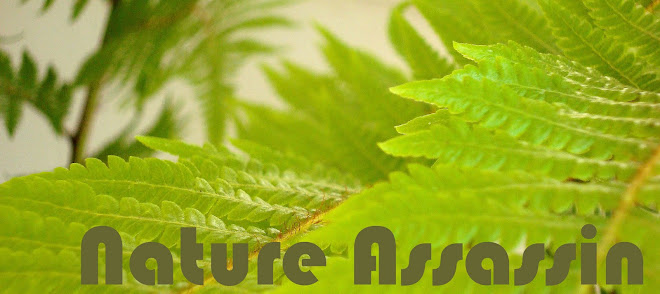Today I attended Bob Webb's lecture on C+S (cacti and succulents) at a Gethsemane Garden Center open house event. Bob is the owner of Arid Lands Greenhouse in Tuscon Arizona, as well as a cactus and succulent conservationist. Here are some highlights from my notes on his lecture:
1) It's all about the roots, so seriously consider your soils. The greater the soil mass, the greater the chances for rot. This means two things: don't overpot your C+S, and use high proportions of coarse drainage material*. Bob uses pumice for this purpose, because it is very lightweight. In response to a question about his soil mix, Bob quipped, "If I told you my soil mix, I'd have to kill you. So, prepare to die." Fortunately or unfortunately, I didn't write down his secret recipe.
2) When it comes to fertilizing your C+S, go low on nitrogen (the first number on your fertilizer label) and high on potassium (the third number on your fertilizer label). Excessive nitrogen can cause C+S to become leggy, and increases the risk of rot. Meanwhile, potassium provides some amount of immunity to common pathogens.
3) Don't be afraid of latin names. I nearly shouted a "hallelujah!" when this point came up.
4) Experiment! Bob apparently went gaga for C+S after killing his first Adenium obesum; accidents will happen, as well as victories. As an amateur horticulture assassin, this advice made me hopeful.
So what did I get away with? This little beauty:
Anacampseros rufescens 'Sunrise.' What a gem!
Seems like a perfect indoor plant for a hanging basket.
Update: Ahh, tartar sauce! It would appear that anacampersos reaches a maximum height of three inches... good for ground cover, no good for hanging baskets. Oh well... dish garden it is!
*There are exceptions to this rule: Bob noted that different plants prefer different ratios of soil to coarse drainage as a means to absorb the correct amounts of water. Furthermore, certain plants like Pachypodium limereaie will flower better when they are regularly potted up, rather than pot-bound. I could sit and learn the details of these plants all day!



Anacampseros rufescens 'Sunrise' - Wow! nice find. Looks awesome.
ReplyDeleteThanks! I lurv it.
ReplyDelete